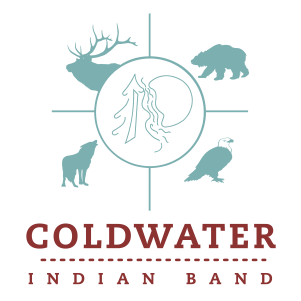History
Our Nlaka’pamux History
Our Nlaka’pamux ancestors have used and occupied this area since time immemorial.
They travelled and settled far and wide across the territory that would become the southern interior of British Columbia and northern Washington State.
Rivers, valleys and mountain passes provided “highways” for our people to access the resources they needed to live a good and abundant life. They fished salmon in the rivers and streams, hunted game in the forests, mountains and grasslands, and gathered plants and medicines throughout the territory, all the while trading with neighbouring nations.
Our ancestors lived in pithouses during the winter months, and during the rest of the year, they travelled in family groups across the territory, accessing seasonal resources as they became available. Summer villages were special places where family groups came together to socialize, attend to governance matters, and to share, trade and gather resources. These Nlaka’pamux ancestors enjoyed a rich, complex cultural and spiritual life with teachings that structured social life and governance.
When European settlers arrived in Nlaka’pamux territory in the first half of the 19th century, our ancestors willingly entered into economic relationships with these new neighbours, while incorporating the new technologies and occupations they brought with them into our lives.
By the mid-19th century, the newcomer population had grown exponentially, which in turn resulted in many changes to daily life in Nlaka’pamux communities. Although our ancestors continued to engage in traditional activities on the land, accessing that land became more difficult as settlers put up fences and privatized large areas of our traditional territory.
In addition to continuing with their traditional activities, our ancestors adapted to this new way of life and the new rules and regulations about accessing lands and resources that were imposed by colonial governments. During this period, our ancestors took on new livelihoods such as ranching, farming and working on railroad construction. Today, agriculture and forestry continue to be popular among our members.

